Vladimir Putin’s Threat to NATO: Bluff or Serious Strategy Amid the Ukraine Conflict?
In the third part of our comprehensive dossier this Saturday afternoon, we delve into the growing tensions surrounding the Ukraine-Russia conflict, particularly in light of Russian President Vladimir Putin’s latest threats toward NATO. Are these threats part of a larger bluff by the Russian leader, or is there a more serious agenda unfolding on the ground? To fully understand the complexity of this situation, it’s essential to grasp what’s happening in real-time on the battlefield. Let’s break down the critical elements of this ongoing conflict, specifically focusing on the recent developments in the Kursk region and how they are shaping the broader geopolitical landscape.
The Situation in Kursk: A Turning Point in the Conflict
Just over a month ago, Ukrainian forces launched an incursion into the Russian-controlled Kursk region. Since then, the dynamics of the conflict have shifted dramatically. According to recent reports, the power balance has reversed, and Russia has begun a counteroffensive. This counteroffensive has been slow to materialize, with Russian troops taking more than five weeks to respond effectively to Ukraine’s advancements.
As of Thursday, the Russian Ministry of Defense announced via Telegram that its forces had retaken several localities in just 48 hours. These retaken areas, marked in blue on various military maps, highlight the regions where Ukrainian troops had previously made significant progress. However, Russian forces have managed to regain control over key areas, including the strategic city of Snagost, a development confirmed by U.S. officials at the Pentagon.
Ukrainian Resilience and Russian Gains
Despite these Russian advancements, Ukrainian President Volodymyr Zelensky remains relatively unphased. In a recent press conference, Zelensky stated, “We have not yet seen any serious successes. Our military is holding strong and doing everything necessary to implement our broader military and political strategies.” This statement suggests that Ukraine anticipated Russia’s counteroffensive and is prepared for the long haul.
Interestingly, Zelensky noted that Ukraine’s operations in the Kursk region had forced Russia to divert a significant number of troops from other fronts. As many as 40,000 Russian soldiers are now stationed in the Kursk region, with an additional 60,000 expected to arrive soon. While these troop movements seem like a tactical response, they also indicate that Ukraine’s original plan—of stretching Russian forces thin across multiple fronts—might be succeeding.
Russia’s Counteroffensive: Limited but Visible
While the Russian counteroffensive is still in its early stages, its limited progress has raised questions about its overall effectiveness. The advancements made in the Kursk region are visible, but as some military experts point out, they are still marginal in the grand scheme of things. Russian forces have taken some villages and territories, but these gains have not significantly shifted the broader dynamics of the war.
According to Zelensky, Ukraine’s primary objective in launching its operations in the Kursk region was to force Russia to withdraw troops from other key areas, such as Kharkiv and Donetsk. By doing so, Ukraine has managed to halt Russian advances in these regions. This strategy seems to have worked for the time being, but it remains to be seen how long Ukraine can maintain its momentum in the face of increasing Russian pressure.
Prisoner Exchanges: A Tactical Move
In addition to the territorial battles, both Ukraine and Russia have recently engaged in significant prisoner exchanges. On Saturday, Russia and Ukraine swapped 103 prisoners from each side, a move that many analysts believe is part of a larger strategy. Zelensky has previously suggested that controlling key territories in the Kursk region could be used as leverage in negotiations with Putin.
While it’s still unclear whether territorial exchanges will play a role in future negotiations, the recent prisoner swap highlights the importance of these regions in the ongoing conflict. These exchanges also serve as a reminder that both sides are still willing to negotiate, even as the war drags on.
Ukrainian Forces: A Tactical Withdrawal?
As the situation in the Kursk region unfolds, there are growing concerns that Ukrainian forces may soon be forced to withdraw. Some military experts believe that the Ukrainian troops stationed in the area will eventually have to retreat, especially if Russian forces continue to gain ground.
General Chauvinci, a prominent military analyst, pointed out that despite Ukraine’s success in halting Russia’s advances in other areas, the Ukrainian forces in Kursk could be vulnerable to encirclement. Russian troops have been advancing from the west, and if they manage to flank the Ukrainian forces, a retreat could become inevitable.
However, Zelensky remains optimistic, suggesting that the operation in Kursk is just one part of a broader plan. While the Ukrainian forces may eventually leave the region, they have already achieved their primary objective: forcing Russia to commit a significant number of troops to the area, thereby weakening its presence elsewhere.
A Broader Strategy at Play
The conflict in the Kursk region is just one element of a much larger war. As Zelensky and other Ukrainian officials have repeatedly stated, the Kursk operation is part of a broader plan to weaken Russia’s military capabilities. By forcing Russia to spread its forces across multiple fronts, Ukraine hopes to create opportunities for counteroffensives in other regions, such as the Donbas.
The situation in Donetsk, for example, has been particularly challenging for both sides. Russian forces have been trying to advance in the area for months but have made only limited progress. Recent reports suggest that Russian troops have gained control of the small village of Jeanette, but these gains have yet to be confirmed by Ukrainian officials.
According to military analysts, Russia’s ultimate goal is to encircle and capture key territories in the Donbas region. This strategy involves advancing from both the north and the south, creating a “pocket” that would trap Ukrainian forces. If successful, this move could significantly alter the course of the war, but for now, it remains a distant possibility.
The Russian Perspective: A War of Attrition
From Russia’s perspective, the war has become a slow, grinding battle of attrition. While Putin’s initial goals may have included a swift victory, the reality on the ground has been far more complex. Russian forces have struggled to maintain momentum, and their recent gains in Kursk and Donetsk have come at a significant cost.
Some analysts believe that Putin’s threats toward NATO are part of a larger strategy to distract from the difficulties Russia is facing in Ukraine. By framing the conflict as a broader geopolitical struggle against the West, Putin can rally domestic support and justify the ongoing military campaign.
However, it’s unclear whether this strategy will work in the long term. NATO has so far remained united in its support for Ukraine, and there is little indication that Putin’s threats have had a significant impact on the alliance’s policies.
Conclusion: What’s Next for Ukraine and Russia?
As the conflict in the Kursk region continues to unfold, it’s clear that both Ukraine and Russia are playing a long game. Ukraine’s strategy of forcing Russia to spread its forces thin seems to be working, but the war is far from over. Both sides have suffered significant losses, and the situation on the ground remains fluid.
For now, the Ukrainian forces in Kursk are holding strong, but they may eventually be forced to withdraw as Russian troops continue their slow advance. However, even if Ukraine loses control of the region, it will have achieved its primary objective: weakening Russia’s military presence across multiple fronts.
As for Putin’s threats toward NATO, they appear to be part of a larger bluff designed to distract from Russia’s difficulties on the battlefield. Whether or not this strategy will succeed remains to be seen, but for now, the war continues, with no end in sight.
This evolving situation will undoubtedly shape the future of the Ukraine-Russia conflict, and the world will be watching closely to see how it unfolds in the coming weeks and months.

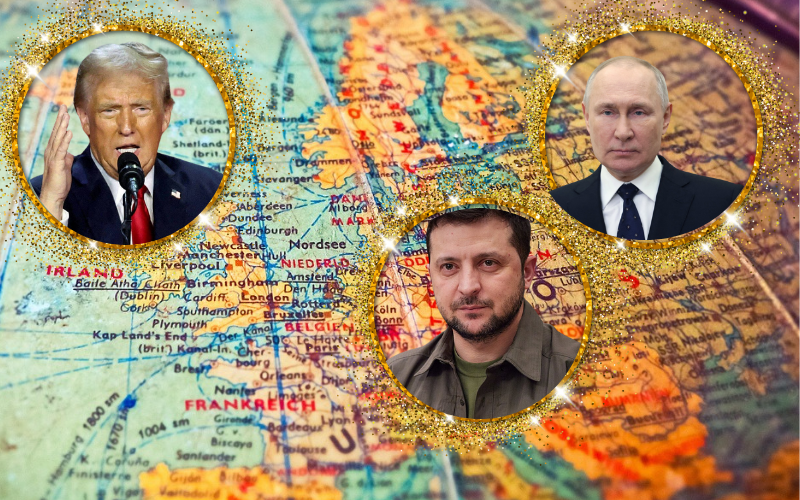

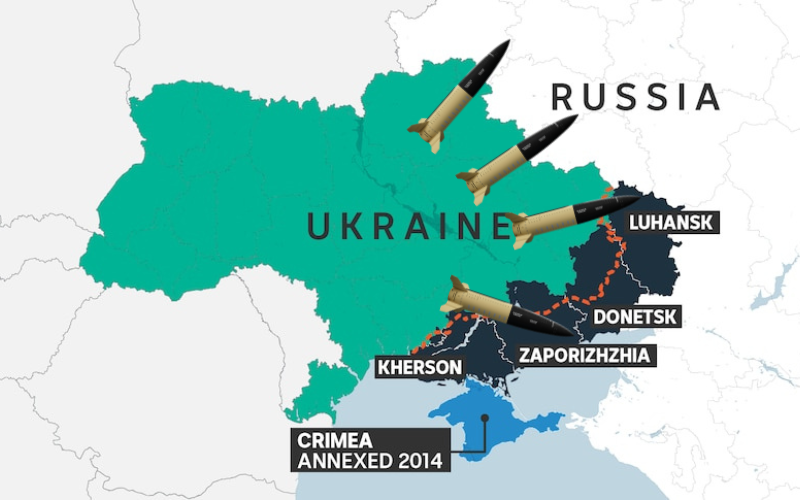



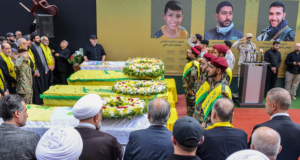
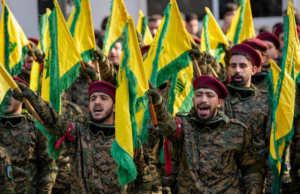

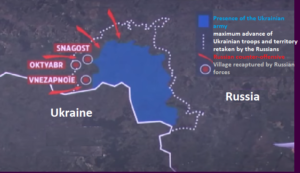



2 comments